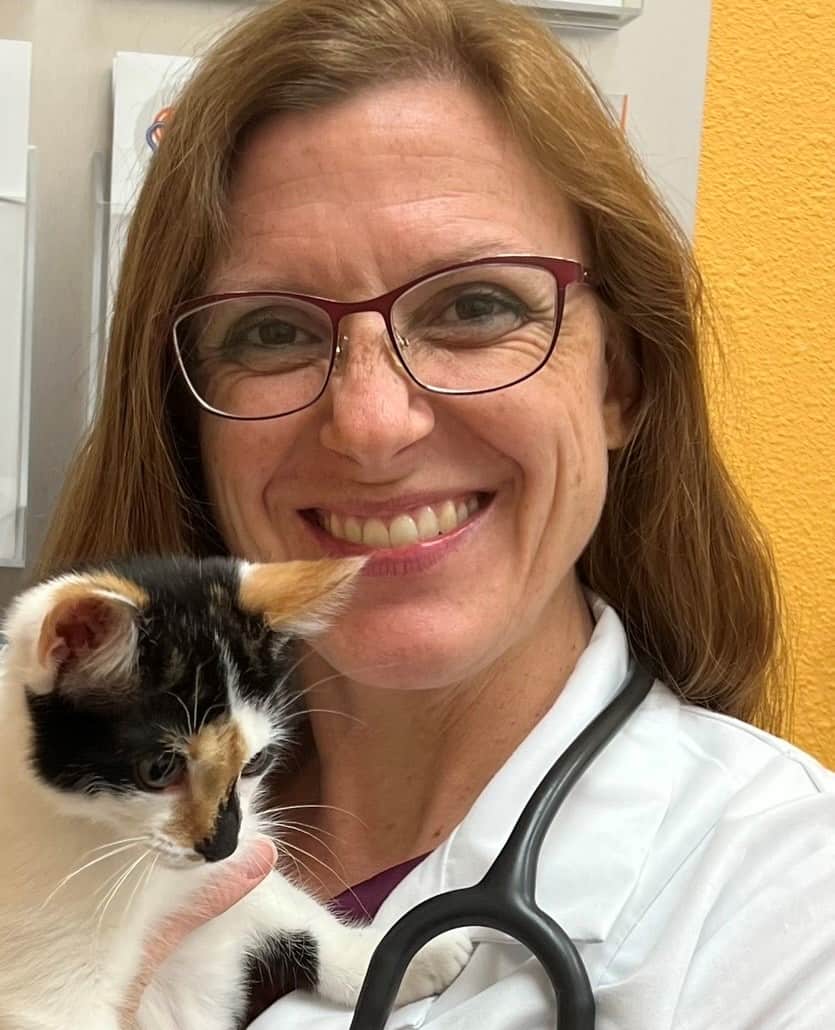New Approaches To Equine Dentistry
- Topics: Dental Problems, Dentistry, Horse Care, Welfare and Industry

“Horses tend to be stoic, frequently hiding even severe dental pain,” said Chris Pearce, MRCVS, specialist dental veterinarian and director of The Equine Dental Clinic, in Witchampton, U.K., who paper “Recent developments in equine dentistry” was published in the New Zealand Veterinary Journal. “Further, they have the ability to alter their mastication (chewing) patterns to avoid painful regions of the mouth, making it extremely difficult for owners to recognize the often subtle signs of dental disease.
“Considering horses are living longer than ever, diagnosing dental conditions and intervening as early as possible will help maintain optimal dentition as long as possible,” he added.
In place of outdated perfunctory examinations to assess hooks and points and remove wolf teeth, veterinary dentists now perform routine (preferably twice a year) examinations with specialized equipment. Such equipment includes small diagnostic mirrors, bright headlights, quality specula to hold the mouth open, head stands or slings to position the head for optimal viewing, sedation, and portable oroscopes—cameras similar to those used by human dentists to examine the teeth close-up.
“Having this equipment permits a full examination, which is in my opinion the most important part of any routine dental visit,” Pearce said.
Periodontal Disease: An Important Condition
One of the most important conditions affecting the oral cavity of horses is periodontal disease—infection and inflammation of the gum, bone, and other tissues that support the teeth. It develops when food or other foreign material become lodged between adjacent teeth and cause the periodontal tissues to decay. As a result, food becomes packed deeper and deeper into the periodontium, causing additional damage.
“The population of bacteria in those regions changes, with more damaging types of bacteria causing infection and ‘biofilm’ production—complex families of bacteria that become firmly attached to the teeth and are often highly resistant to even strong antibiotics,” Pearce explained.
Veterinarians must remove the food material from affected horses’ periodontal spaces and pockets. They can use techniques that either slightly widen the spaces between the teeth or fill them in with special material to prevent additional buildup.
Diseased Teeth: Spare or Extract Them?
In addition to feed impaction in the periodontal spaces, other dental disorders can contribute to painful dental diseases. Examples include caries (cavities/defects from decay in the tooth structure), infections, fractures, abnormally placed or positioned teeth, and even cancer. In some cases the affected teeth must be extracted—a process called exodontia.
Horse tooth extractions have traditionally been challenging, with high rates of complications after. Thanks to the widespread availability of modern, lightweight, portable dental equipment and revised techniques, veterinarians can now extract nearly any tooth in the standing, sedated horse rather than lying them down under full general anesthesia.
“When this equipment is married with an experienced equine veterinary dentist, even the most challenging cases can be extracted through the oral cavity in a relatively short time,” said Pearce. “Further, the complications associated with general anesthesia and more invasive surgical approaches can be avoided.”
Some cases, however, require a more specialist approach that involves removing the tooth through a small keyhole-type incision in the horse’s cheek. For this approach, veterinarians use an oral camera to visualize the diseased tooth while passing instruments through the keyhole in the cheek to loosen and then extract the tooth via a specialized screw system. This is known as “transbuccal surgical extraction.”
When teeth are damaged but not beyond repair, veterinarians might consider saving the tooth using restorative or endodontic (root canal) techniques.
“If the tooth is not too badly diseased, saving the tooth will allow the horse to be able to chew better long-term and is far preferable to extraction,” explained Pearce.
Tooth-sparing techniques include filling cavities in the cheek teeth and performing root canals. Cheek teeth cavity fillings result in very successful long-term outcomes, he said. Root canals can extend the tooth’s life span, but owners must understand the tooth might need to be extracted in the long run.

Written by:
Stacey Oke, DVM, MSc
Related Articles
Stay on top of the most recent Horse Health news with












